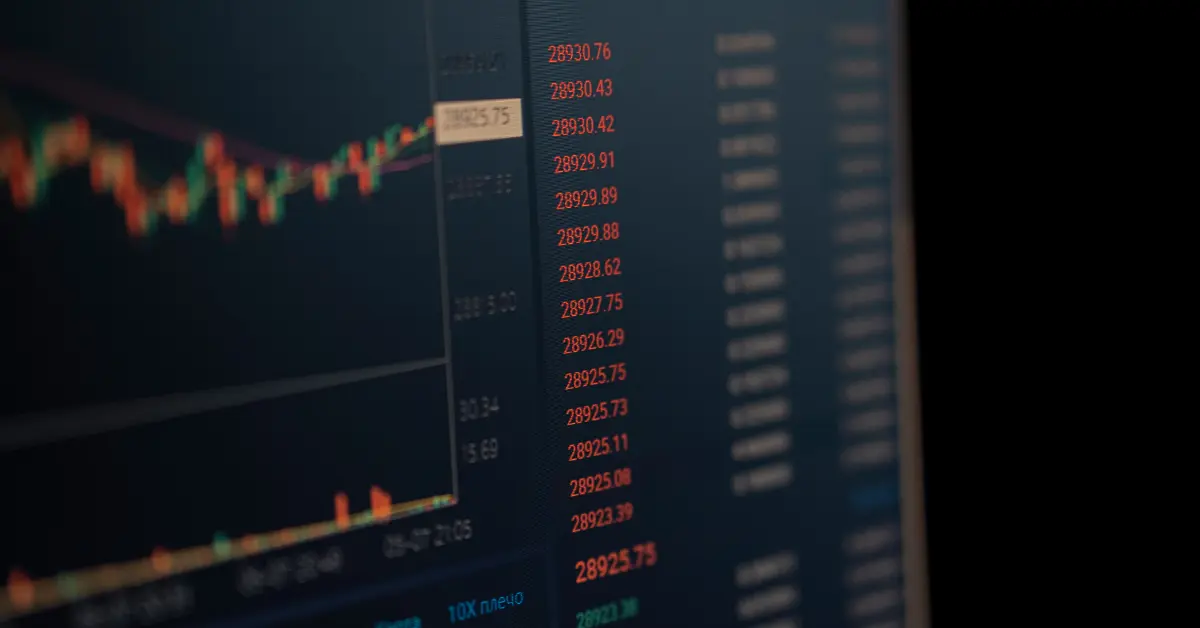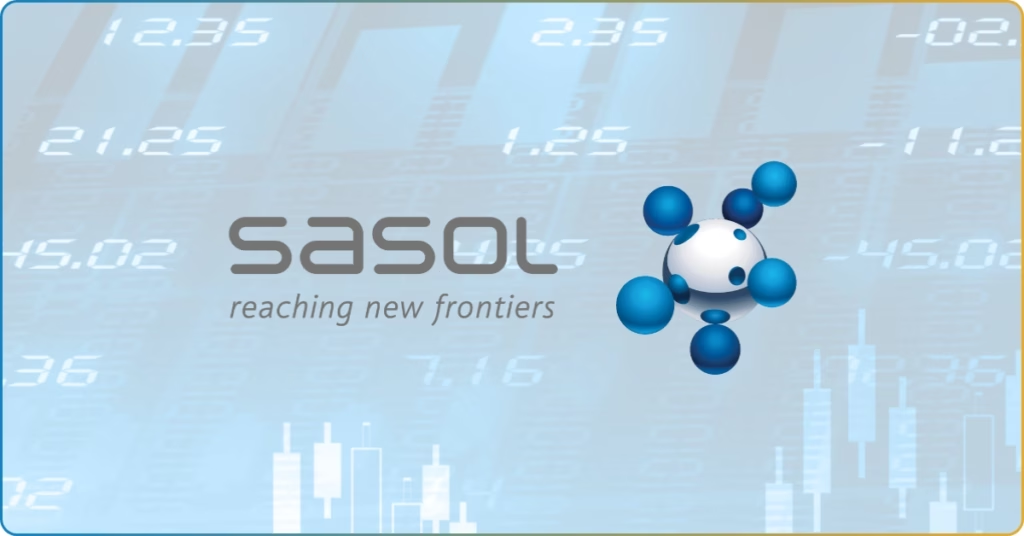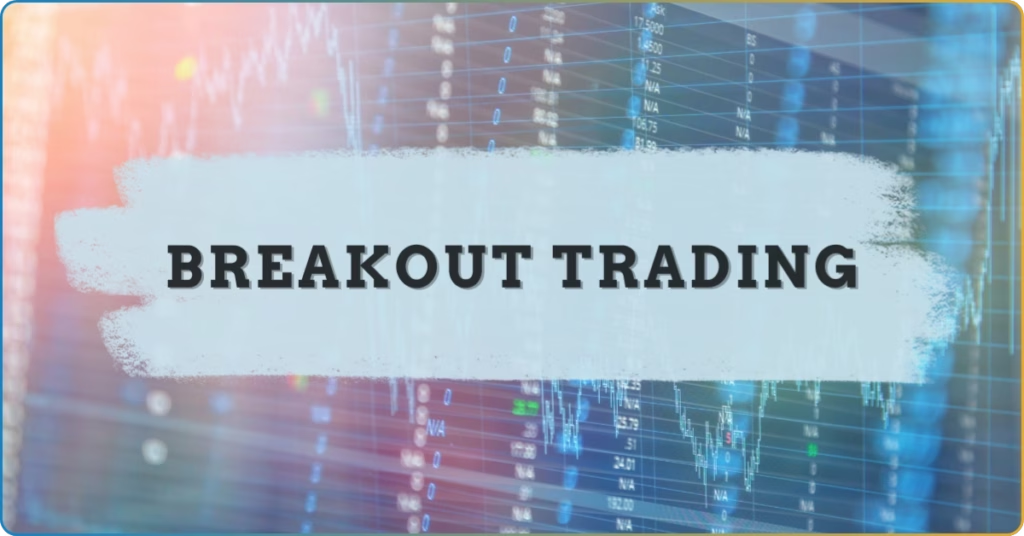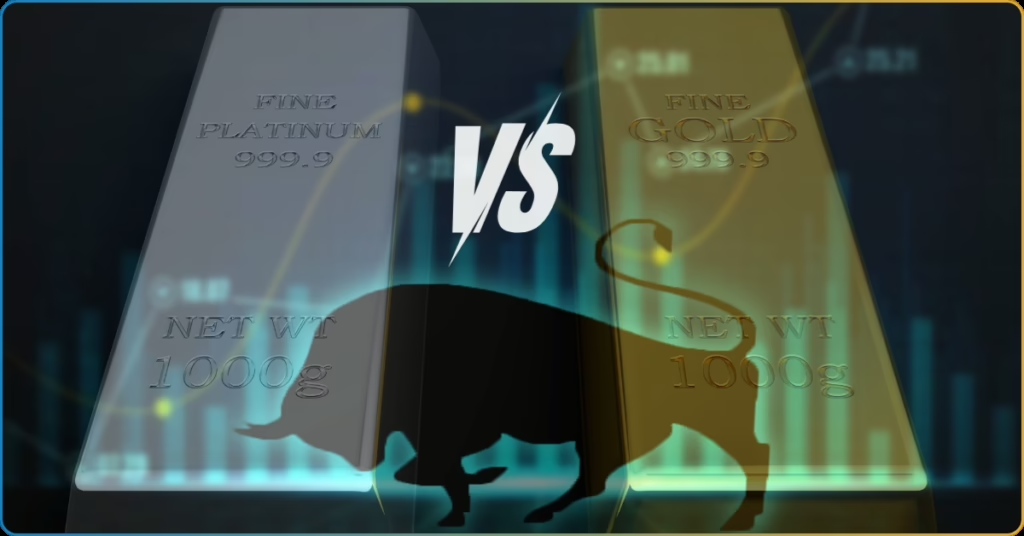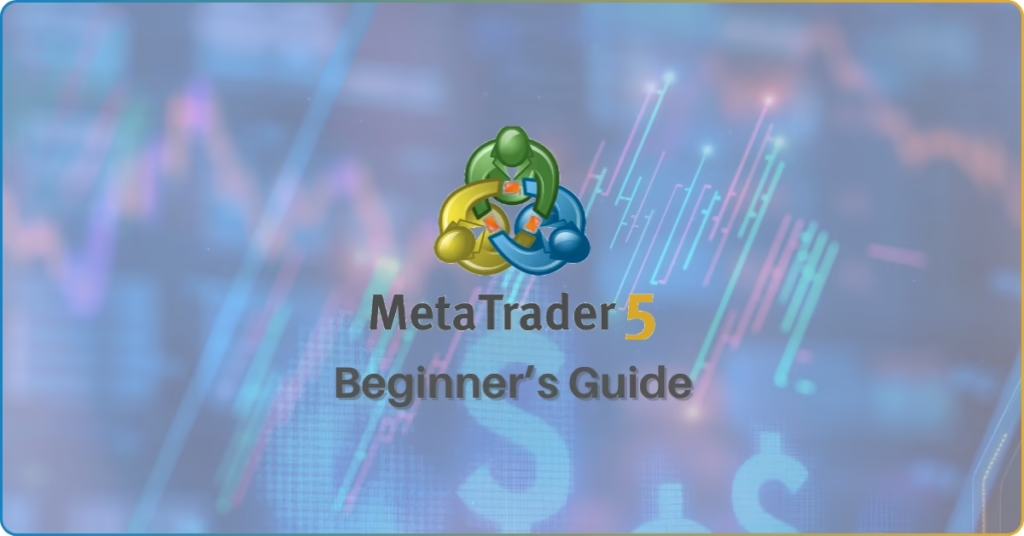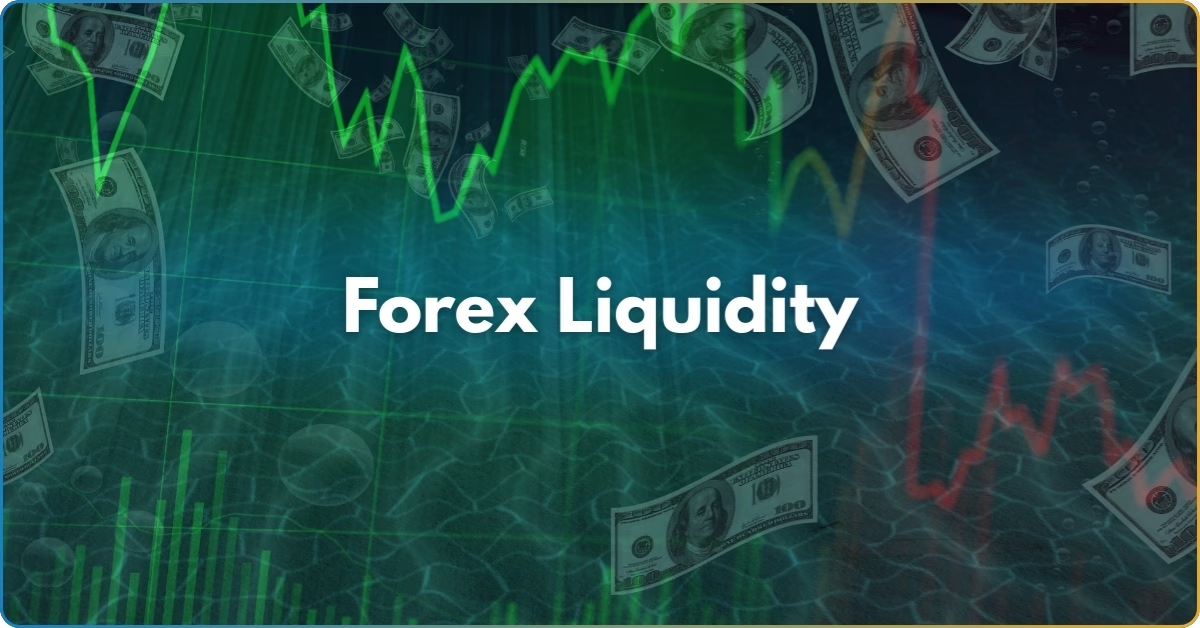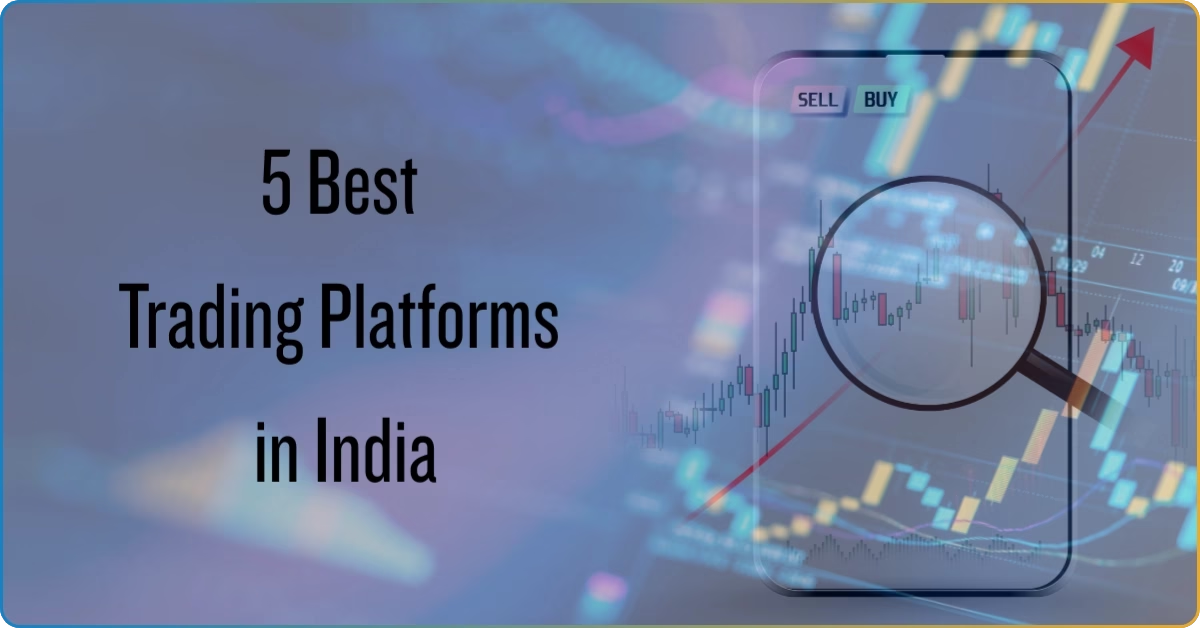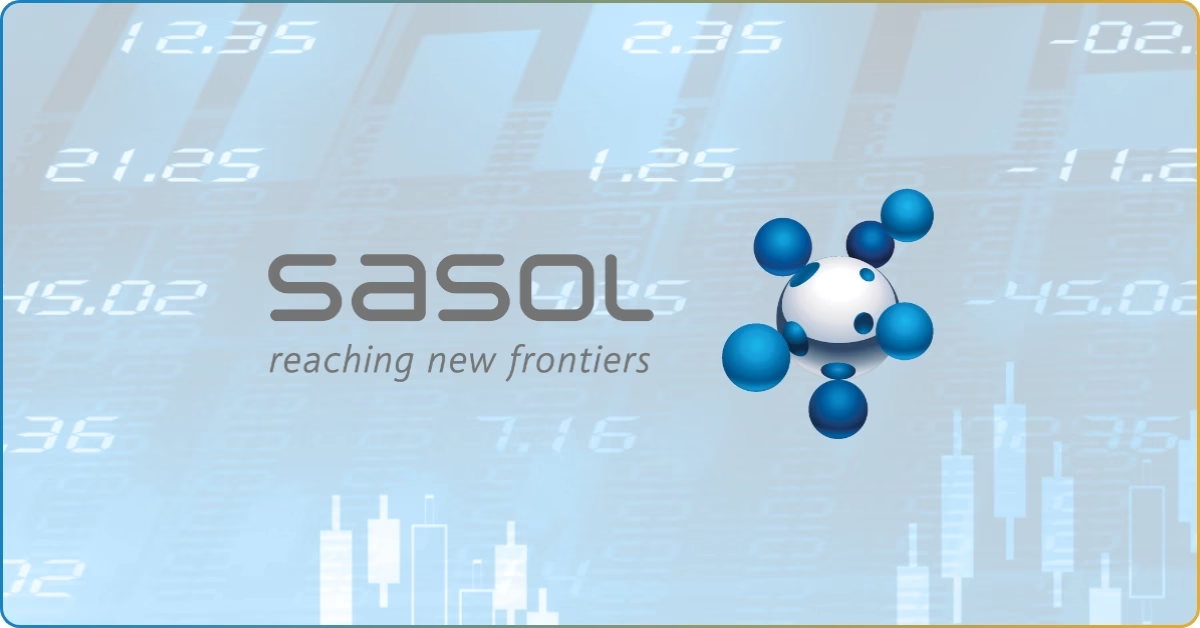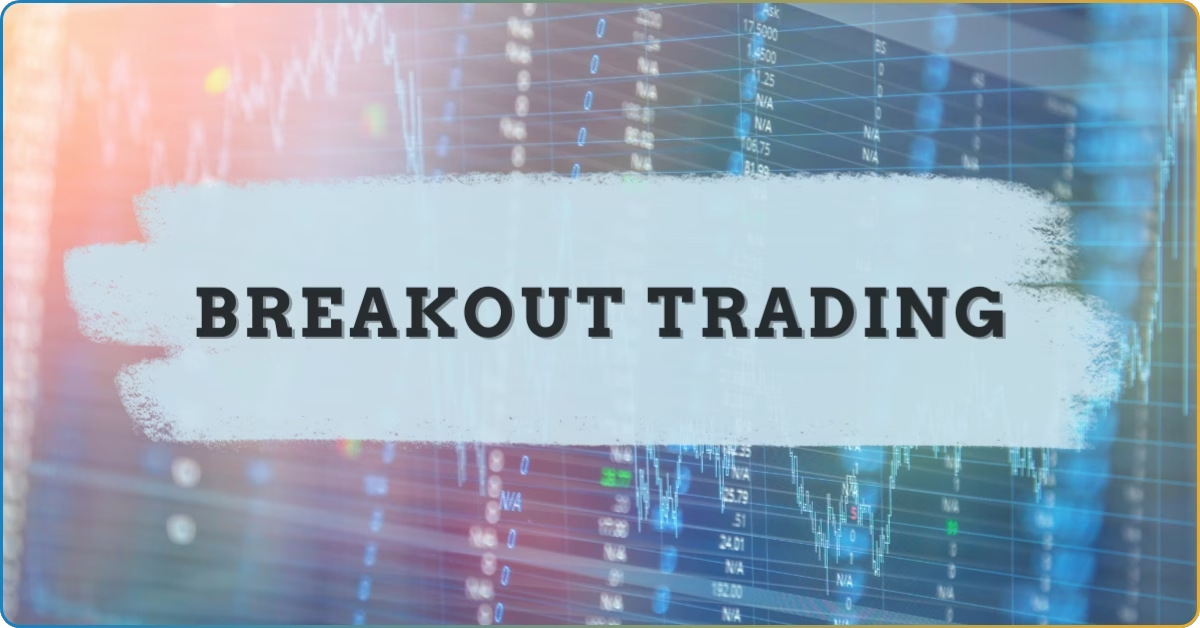Navigating the foreign exchange market can allow you to gain new skills and experience. For novice forex traders, the intricacies of currency trading and the financial markets can provide endless learning avenues.
However, there may be times when the amount of knowledge you need to digest can become overwhelming. We know this feeling all too well and empathize with any forex trader who may feel this way.
That’s why we wrote a forex trade guide that breaks down complex information and makes the forex market easier to comprehend.
Read below to gain a more in-depth understanding of the FX market and start trading forex more confidently!
What Is Forex Trading?
The word forex (FX) is a portmanteau of the words “foreign” and “exchange.” Forex trading refers to the process of trading one currency for another.
For example, suppose you have euros (EUR) and exchange them for US dollars (USD) before you travel to the US. The act of converting the currency pair (EUR to USD) is forex.
However, trading in the forex market is more complicated than entering a currency exchange booth and interchanging a currency pair.
You’ll need a more nuanced understanding of the currency market, currency prices, and the forex markets.
Understanding the Forex Market
The first thing you need to know about the foreign exchange market is that it’s completely decentralized. There is no single centralized exchange for forex transactions. Instead, all forex trading activities are done electronically and facilitated in exchanges worldwide.
The lack of a physical exchange for forex markets lets traders from virtually anywhere trade with others regardless of distance. For instance, a trader in South Africa can execute forex trades on an Asian exchange without leaving their house.
Due to its decentralized nature, the forex market can operate virtually non-stop — 24 hours a day, five days a week (except on holidays). Compared to the stock market, the forex market remains open significantly longer.
How does the FX market do this? By constantly moving from one region to another.
As the business day ends in one region, it begins in another, and the forex market moves with it. Every day, the market opens in the Pacific region (Sydney, Australia). Then, it crosses Asia (Tokyo, Japan) into Europe (London, England) before moving to North America (New York, USA) and then starting again in Sydney.
Although there are more than four forex trading sessions worldwide, the cities mentioned above (Sydney, Tokyo, London, and New York) are the most prominent. Currency traders use these four sessions as “landmarks” for trading forex.
Besides being almost always open, the forex market boasts being the world’s largest market in terms of trading volume. Every day, an average of 5 trillion US dollars move through the various forex markets worldwide.
This vast market size is significant due to several, such as:
- Liquidity. It ensures the forex market’s high level of liquidity.
- Accessibility. It makes the market more accessible, even to retail traders.
- Global reach. Its global reach allows for continuous market activities.
- Market efficiency. Its sheer size makes it harder for a single entity to manipulate prices. Instead, a myriad of different factors and a large number of participants move the prices.
- Impact on financial markets. Its size makes it a reliable indicator of investor sentiment and global economic health. Moreover, the price movements of currency pairs affect other financial markets, such as stocks and bonds, which, in turn, influence market trends.
Basics of Forex Trading
Familiarizing yourself with the terms commonly used when trading forex is crucial for many reasons. Chief among these reasons is that it helps you get a better grasp of the forex market. When you understand the terms better, your forex trading journey becomes smoother.
Below are some of the most common terminologies you’ll encounter in an average Forex transaction.
Exchange rate. The exchange rate, sometimes referred to as the forex or foreign exchange rate, pertains to the price of one currency relative to another. For instance, the EUR/USD currency pair has an exchange rate of 1.1003.
In the given example, the exchange rate means you’ll get 1.1003 US dollars for every euro.
Currency pairs. As the term implies, a currency pair refers to the two currencies you’re trading. When trading currency pairs, you always quote one currency’s value against the other. Looking at the earlier EUR/USD example, you’ll see the euro’s price is quoted against the US dollar.
There are three types of currency pairs:
- Major currency (e.g., USD/JPY, GPB/USD, EUR/USD)
- Minor currency pairs (e.g., EUR/JPY, AUD/CAD, NZD/JPY)
- Exotic currency pairs (e.g., USD/KRW, USD/THB)
Base currency. The base currency refers to the first currency in a pair. In the EUR/USD currency pair, the base currency is the EUR. When buying currency pairs, the exchange rate shows how much of the quote currency (the second currency in a pair) you’ll need to buy a single unit of the base currency.
In the earlier EUR/USD example, the base currency is the EUR, which shows that you will need 1.1003 US dollars to buy 1 euro.
Quote currency. The quote currency, sometimes called the counter currency, is the second currency in a pair. As stated above, it shows how many units of the second currency you will need to buy a single unit of the first — or base — currency in the pair.
In the EUR/USD example, USD is the quote currency.
Bid price and ask price. In a forex trade, the bid price refers to how much you’re willing to pay for a given currency pair. On the other hand, the ask price is how much a seller is willing to accept as payment when selling currencies.
In the EUR/USD = 1.1003 example, the value 1.1003 shows how much US dollars a seller asks in exchange for 1 euro. As the buyer, you can match, exceed, or offer a bid price lower than 1.1003 to initiate a trade.
If your offered value matches or surpasses the seller’s ask price, your bid price becomes the value you’re willing to pay, and the trade can execute.
Navigating Forex Markets
There are many strategies you can use in forex trading.
When choosing which technique you’ll use, it’s vital to remember that while some may have worked for other traders, they wouldn’t necessarily work for you.
Finding a trading strategy that works best for you calls for a bit of experimentation.
Below are some of the tried-and-tested forex trading strategies you can try.
Day Trading
As the name implies, day trades are trades you exit from before the day ends.
Doing so prevents you from being impacted by drastic overnight movements. As day trades are closed before the trading day’s end, trades often last only a few hours.
Novice traders often use day trading strategies.
Swing Trading
In contrast with day trading, you hold swing trades over several days. You can use swing trading to profit from short-term price patterns.
When using this trading strategy, you may only need to check bars every hour or half an hour.
Position Trading
While swing trading focuses on profiting from short-term price movements, position trading follows long-term trends. When position trading, you’ll want to look at the end-of-day charts.
Position traders rely on major price movements to make profits. Because of this, you’ll need to possess a high degree of patience and self-discipline.
Additionally, you’ll need a solid understanding of market fundamentals as you follow long-term trends.
Scalping
Traders widely consider scalping to be among the most advanced forex trading strategies. Scalp trades are extremely short-lived, sometimes held for no more than a few minutes.
Scalp traders, or scalpers, profit by quickly entering and exiting trades and taking small gains several times daily.
While each trade yields only a small return—about five to ten pips—repeatedly making them can give you a sizable cumulative profit at the end of a trading session.
How Does Forex Work?
Forex trades involve using the exchange rate of currency pairs and the price movements of currencies to make a profit.
When you trade forex, you’re purchasing one currency using another. Because of this, the exchange rates of the two currencies you’re trading are always relative.
To get a better idea of how forex trading works, take a look at the example below.
JD, a seasoned trader, expects the US dollar to increase in value in the coming month. Acting on the anticipated rise, they bought USD with the euro. If JD’s hunch proves right and the USD gains strength, they can sell the USD and get more dollars per euro.
The above scenario is a simplified representation of how FX traders play the market and make forex trading work for them.
When you select a currency pair, you expect the base or quote currency value to rise. The price movements and the difference between the two currencies will dictate how much you profit or lose from a trade.
Exploring Currency Markets
The foreign currency market is highly volatile. Because it deals with currencies of virtually every recognized nation worldwide, the forex market is vulnerable to fluctuations caused by factors that affect fiat money.
Currency markets, and the prices therein, are often affected by:
Economic Factors
A country’s economic indicators (e.g., GDP growth, inflation rate, employment data) affect its currency’s value.
For instance, if the financial data from the US shows a rising inflation rate and low GDP growth, the USD would likely lose its strength.
Likewise, countries’ employment levels and unemployment rates affect their currency’s value. Low unemployment rates indicate a robust labor market and a healthy economy.
On the other hand, high unemployment rates signal a weakening economy and may lead to currency depreciation.
Central Bank Policies
Central banks wield a significant influence in the forex market.
These banks have the power to adjust their respective countries’ interest rates, which in turn impacts the demand for and appreciation of their currency.
Financial markets pay great attention to central bank policies. These policies affect the attractiveness of a country’s currency to foreign investors.
Political Stability
Like economic health, the political stability of countries plays an important part in determining their currency’s value.
Countries embroiled in political turmoil or experiencing instability in their political landscape risk reducing foreign investments. Decreased foreign investments lead to weaker currencies.
Contrarily, politically stable nations tend to attract more investors and increase their currency’s value.
Geopolitical Events
Geopolitical events, such as wars, natural disasters, and conflicts, are another currency-affecting factor. These circumstances fuel uncertainty and market volatility.
In times of geopolitical unease, forex traders often turn to safe-haven currencies, such as the US dollar and Japanese yen.
Due to this, safe-haven currencies gain strength during geopolitically troubled times while the currencies of directly affected countries go down in value.
Market Sentiment
How traders and investors “feel” towards particular currency pairs affects the demand for — and therefore the strength of — a currency.
Various factors, such as central bank statements, market rumors, and economic data, impact market sentiment.
A positive overall sentiment towards a given currency may increase the demand for it, which will cause it to gain strength.
In contrast, a negative overall sentiment may weaken a currency as demand for it falters.
Unveiling the Major Players
When we talk about forex trading, some institutions stand above the rest. These are the major players in the forex market. Some of the major forex players worldwide include central banks, governments, commercial banks, and financial services providers.
Let’s take a closer look at each player.
Governments and Central Banks
Governments involve themselves with forex trading to hedge against inflation and improve their domestic economy. Aside from this, national governments trade forex to manage their foreign currency reserves and international payments better.
Central banks are inextricable from government participation in forex trading. These banks have authority over a country’s monetary policies, currency issuance, and regulatory oversight of financial institutions.
Forex traders worldwide pay close attention to central bank policy announcements. Central banks that hold immense influence on the forex market include the following:
- US Federal Reserve
- European Central Bank
- Bank of Japan
- Bank of England
- Swiss National Bank
Central banks control their respective countries’ interest rates and currency supply. This effectively makes them arbiters of currency valuation, at least regarding their own currencies.
Commercial Banks and Financial Services Providers
In the early days of forex trading, only the largest banks and financial institutions could afford to trade in it. Although the forex market is now open to equally accessible to smaller traders, these multinational banks remain the top dogs and market makers.
Forex brokers and traders often refer to these institutions as “flow monsters” because they can trade large volumes and take large portions from currency trade flows. They include some of the world’s largest banks and financial services providers, including:
- JP Morgan Chase
- Citibank
- Goldman Sachs
- Barclays Bank
- Deutsche Bank
- HSBC
- Bank of America
The forex trades of these big-time players comprise most of the world’s daily trading volume.
Large Corporations
Global companies are another major player in the FX market. However, their participation in forex trading is more indirect.
Multinational corporations exchange currencies when dealing with international payments. For instance, if Apple wants to buy electronic parts from Japan, it must first purchase Japanese yen using US dollars.
These transactions have smaller volumes than interbank transactions and rely on commercial banks instead of brokers.
Company mergers and acquisitions (M&As) — especially cross-border ones — may also cause fluctuations in exchange rates.
These international M&As can fuel market speculations and signal changes in the economic strength of particular regions.
Speculators
There are two classifications of speculators: retail traders and hedge funds and prop firms.
Forex traders often refer to the latter two as the market’s “smart money.” These market players use advanced trading strategies and technical analysis tools to increase their chances of making profits.
Hedge funds and prop firms are not individual traders. Rather, they are firms that employ skilled forex traders and equip them with knowledge and technology that gives them a trading edge.
These firms have the deep pockets needed to use leveraged trading and constantly give their investors higher returns.
On the other hand, retail traders are the “small-time” players. They are individuals who enter into forex trading through broker platforms.
Retail traders trade with noticeably smaller capitals than the big market players, comprising only a small percentage of the forex market.
However, their numbers have steadily increased in recent years owing to the COVID-19 pandemic and the abundance of online trading platforms.
These traders use technical and fundamental analysis to help them determine the movement of forex prices and develop their trading strategy.
Foreign Exchange Market Mechanics
There are several mechanics governing the forex market that you have to become familiar with before you start trading forex. You have the different currency pairs, market types, and dynamics.
Let’s take a look at each of them.
Currency Pairs and Market Dynamics
Currency pairs are the lifeblood of forex. Two countries’ currencies comprise a currency pair, the basis of forex trades.
There are three types of currency pairs: major, minor, and exotic. Major currency pairs are any major currency paired with the US dollar, which itself is a major currency.
Other major currencies are the following:
- Japanese yen (JPY)
- Euro (EUR)
- British pound (GBP)
- Canadian dollar (CAD)
- New Zealand dollar (NZD)
- Australian dollar (AUD)
- Swiss franc (CHF)
Because there are eight major currencies and a major currency pair has to pair with the US dollar, there are only seven major currency pairs.
Major currency pairs:
- USD/JPY
- USD/CAD
- USD/AUD
- USD/NZD
- GBP/USD
- EUR/USD
- USD/CHF
On the other hand, minor currency pairs are any currency pairing between two major currency pairs that doesn’t involve the US dollar.
Examples of minor currency pairs are:
- EUR/JPY
- GBP/EUR
- NZD/JPY
- CHF/CAD
- AUD/CHF
Lastly, exotic currency pairs are comprised of one major currency and another currency from an emerging economy.
The following are exotic currency pairs:
- USD/THB (Thailand baht)
- EUR/TRY (Turkish lira)
- AUD/MXN (Mexican peso)
- JPY/NOK (Norwegian krone)
Types of Markets in Forex
You can trade forex in three different types of markets. These are the spot, forwards, and futures forex markets.
Spot, Forwards, and Futures Markets
Spot Market
The spot forex market is what people commonly refer to when they say forex trading. It pertains to the trading of currencies between buyers and sellers at the present exchange rate.
Who trades in the spot market?
The spot market’s major players include multinational commercial banks, central banks, brokers, and speculators. The majority of the trading volume in this market comes from the large banks.
Forwards Market
In the forward market, the trade is an agreed-upon contract between two parties. The parties involved would trade currencies for a pre-determined price and quantity at a specific future date. No currency is exchanged at the time of the trade’s initiation.
The downside of dealing in the forward market is the lack of a centralized exchange. This exposes you to the risk of the counterparty defaulting. This market is also relatively illiquid, as only two parties are involved.
Who trades in the forwards market?
Forward market traders can be individuals, companies, and even governments. The market is a useful tool for speculation and hedging against inflation. While it opens traders to counterparty risks, trading parties can customize the terms of their forward contracts.
Futures Market
The futures market is essentially the same as a forward market. However, the two markets differ in that future markets utilize centralized exchanges. Centralized exchanges make future markets more liquid and reduce counterparty risks.
Who trades in the futures market?
The futures market functions similarly to the forward market, so you can find the same community of traders here. It’s a more secure but less customizable tool for hedging and speculation.
Mastering Forex Trading Essentials
We’ve covered the basics of forex trading in the discussions above. The following are the final bits of knowledge you need to understand before you’re ready to trade.
Basics of Lot, Margin, and Pip
Lots
A lot refers to how many basic units of the base currency are in a given currency pair quotation. You can also look at it as how many of those base units you will buy and sell in a forex trade.
Lots come in four sizes:
- Standard lot = 100,000 units
- Mini lot = 10,000 units
- Micro lot = 1,000 units
- Nano lot = 100 units
Lot sizes your how much price movements affect your trades. Larger lots can give higher returns but also bigger losses.
If you’re new to trading, starting with micro lots — or nano lots if your broker offers it — is advisable.
Margin
Margin refers to the amount you need to deposit in your trading account to open and maintain a trade. It is neither a cost nor a fee for trading. Rather, it is like your account’s maintaining balance.
Typically, the amount you must deposit in your trading account depends on the broker’s margin percentage requirement. For instance, if you trade in standard lots, your account will likely have a 1% to 2% margin.
This means that if you want to trade $100,000, you need to deposit at least $1,000 for a 1% margin requirement.
Pip
A pip is a unit of measurement for currency price movements. One pip is the smallest move a price could make and is usually in the fourth decimal place.
Pips are used when calculating spreads. In the EUR/USD = 1.1003 to EUR/USD = 1.1005 example, the upward movement from .1003 to .1005 represents two pips.
There are exceptions to having the pip in the fourth decimal place. When dealing with the Japanese yen, only two decimal places are used. In such cases, pips are in the second decimal place.
Understanding Spread and Leverage
Spreads
Forex spreads refer to the difference between a currency pair’s bid and ask prices. Let’s go back to our earlier example, EUR/USD = 1.1003.
If the exchange rate starts at 1.1003 and ends at 1.1005, the spread will be two pips. The two pips represent the 0.0002 upward movement from 1.1003 to 1.1005.
Generally, major currency pairs have lower spreads than more exotic ones because of trade volume. Higher trade volumes equal more liquidity and lower spreads, while lower trade volumes indicate the opposite.
Leverage
Leverage is when you borrow capital from a broker to invest in a stock, security, or currency. Using leverage lets you open larger trade positions and potentially get higher returns.
You can have leverage ratios up to as much as 50:1, 100:1, and even 200:1, depending on the margin requirements of your broker.
Leverage ratios work like this: if you have $1,000 in your account, and your broker offers a 100:1 leverage, you can control a position worth $100,000 (1,000 x 100).
However, leveraged trading is a double-edged sword as it increases the risks you assume as your losses can exceed your capital investments.
Final Thoughts
Forex trading is a great way to earn money if you have the right knowledge and traits. It allows you to potentially profit from the different factors that affect currency prices.
However, you need to have a solid grasp of the forex market’s fundamentals before you can reap the benefits of trading in it.
This includes understanding the risks involved in trading, the strategies you can use, and the various factors that affect currencies.
Once you have this done, forex trading will become easier.
Want to know more about the forex market? Check out the rest of our blogs!

